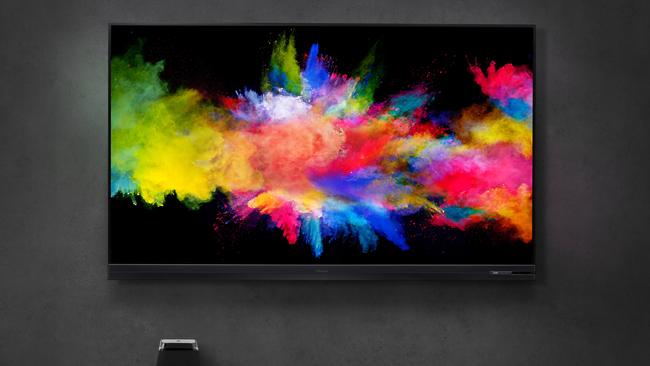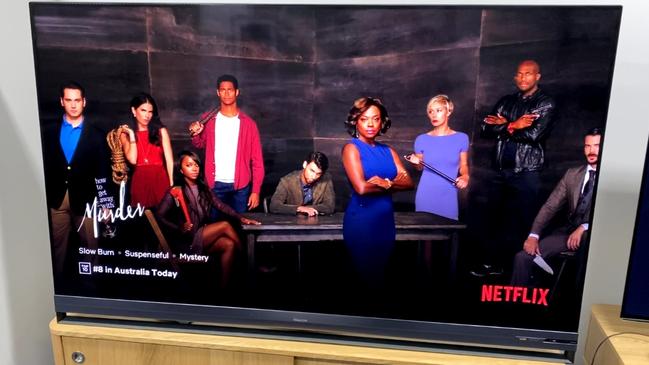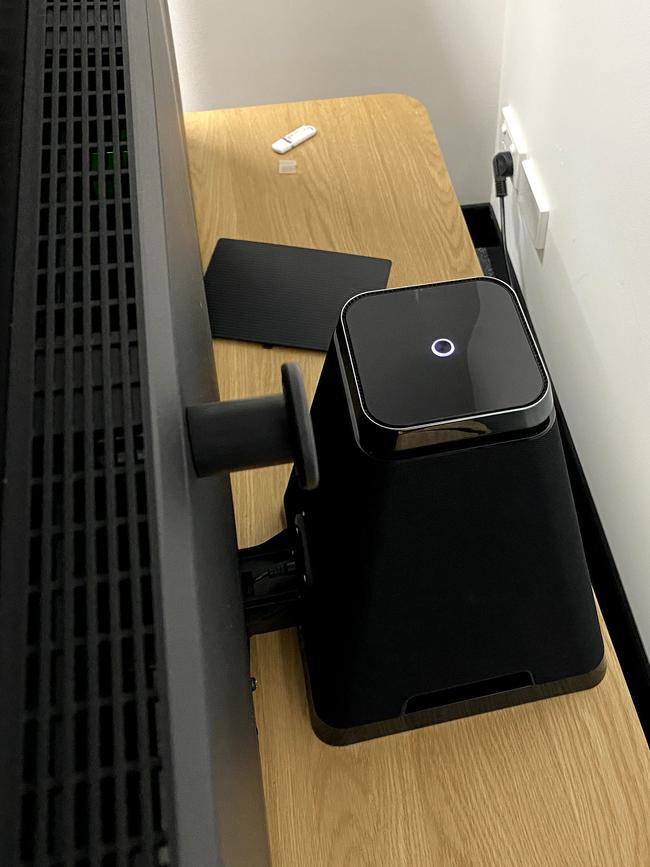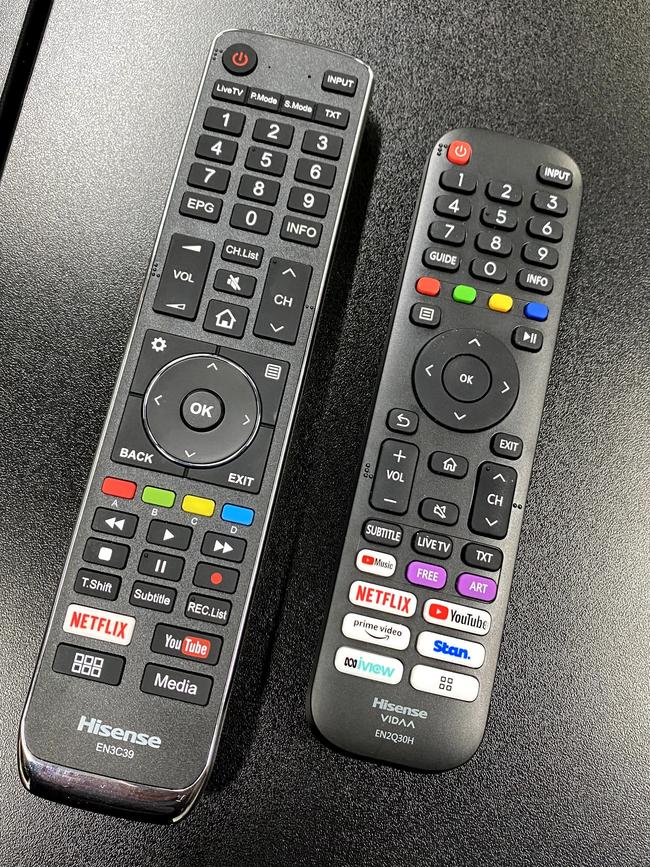Hisense rolls out ‘dual cell’ TVs in Australia
TV maker Hisense is releasing its 2020 premium set in Australia and it uses unusual technology.

TV maker Hisense is releasing its 2020 premium set in Australia and it uses unusual technology.
The new set aims to be close to the quality of OLED (organic LED), the gold standard for screen quality, but costs less. It uses what Hisense calls “dual cell”.
Last year, Hisense sold 55-inch and 65-inch OLED TVs for a recommended $3499 and $4999. This year a 65-inch dual cell smart TV costs the same as last year’s 55-inch OLED set, $3499.
So, is it any good? Can you have your cake and eat it with good quality at less cost? I trialled this new 65SX dual cell TV perched beside last year’s OLED TV to find out.
The dual cell set is basically an LED TV with an extra screen layer, and is therefore slightly thicker than OLED. Light is first filtered through a monochrome screen layer that has more than two million dimming zones, with four pixels per zone. The light travelling through these zones can be controlled separately.

The idea is not to have “bleeding” in frames with a small light haze at the border between light and dark areas of an image. This isn’t quite the same as controlling individual pixels as you can with an OLED display, but it gets close.
Light from this greyscale layer is then projected onto an LED layer that controls the colour.
I observed this on the two 65-inch 4K TVs, and the dual cell TV images were sharp. You could see a slight difference in the precision close up when compared to the OLED set, but you had to stand close to the TV to see it.
Detail in dark and light sections of images matched the OLED set. Both feature Dolby Vision high dynamic range (HDR).
There was a tad of difference in colour. White on the OLED screen is a dazzling bleached white and blacks pitch black. The white on the dual cell screen wasn’t quite so starkly white. Colours were a little warmer and blues looked a tad grey. Hisense says this is likely to be the result of how the TV colour is tuned, and that with professional tuning or changing picture modes, you’ll get the same colour precision.

The difference also could be the way different apps process colour; in this case the colour difference was less noticeable after exiting the Netflix app. Nevertheless the picture quality is very good considering this isn’t native OLED technology.
Hisense has made an unusual move with the audio. The stand supporting the dual cell TV at the back is also a 4.1-inch subwoofer. You won’t see it unless you mount the TV on a wall, in which case you place this speaker/stand somewhere in the room. The connection is wireless.
The tweeters and the rest of the sound system are in a bar along the bottom of the set. The TV supports Dolby Atmos, and sound is crisp, tones are rich and the bass firm yet undistorted.
Like many 4K sets, the 65SX dual cell has an upscaler, a processor that seeks to enhance the resolution of lower quality video content. I watched an episode of the 1960s series Gilligan’s Island in colour and the TV made it look presentable on a big 65-inch screen.

Hisense says the upscaler also kicks in to compensate for a drop of streaming quality due to poorer internet.
This TV has a simple design with a very thin bezel around the display. It has the same Hisense VIDAA 4 operating system as on its QLED TV which we looked at early this year.
The TV interface is easy to navigate and there’s a cosmopolitan selection of apps including YuppTV, Classic Movies, Pocket Films and Mubi, and in music Deezer, Baeble Music, Vietnamese music app NhacCuaTui, Radioline, French radio network NRJ and Voyage Music.
Hisense has been slow to offer Australian catch-up TV apps but you can view content via Freeview Plus and a seven-day EPG guide.
You do get SBS ON Demand and the revamped ABC iView app. There’s even an ABC button on the new remote. You get two remotes. Both are clearly laid out and easy to navigate. The smaller remote is more suited to selecting streaming services, the larger is better for TV watching.
You can also navigate the menu system with Hisense’s RemoteNow app on your smartphone.
You can also select channels, open apps and change input sources using Amazon Alexa and Google Assistant voice commands. You’ll need an Amazon or Google Assistant device connected to the same wireless network as your TV.
The 65SX overall is good value for money considering the breadth of technology and features it offers.



To join the conversation, please log in. Don't have an account? Register
Join the conversation, you are commenting as Logout